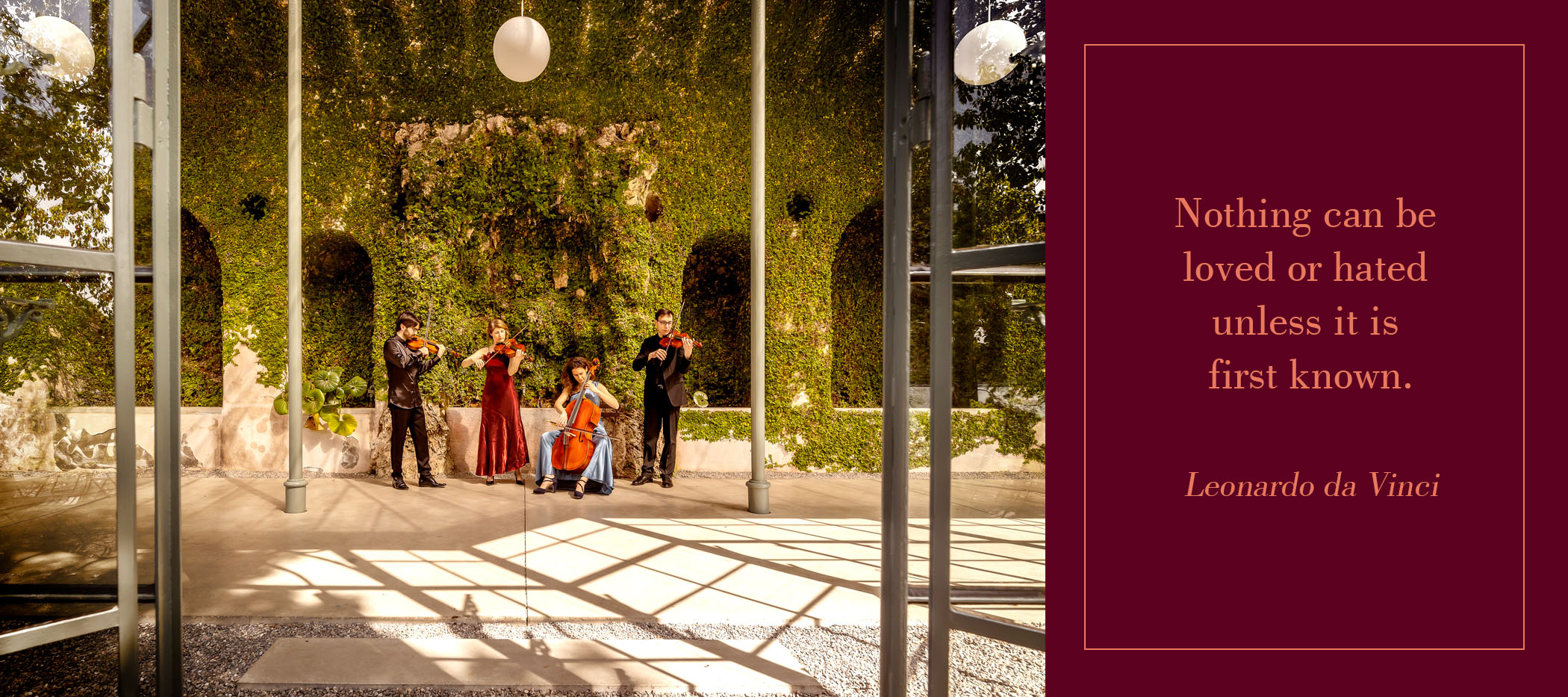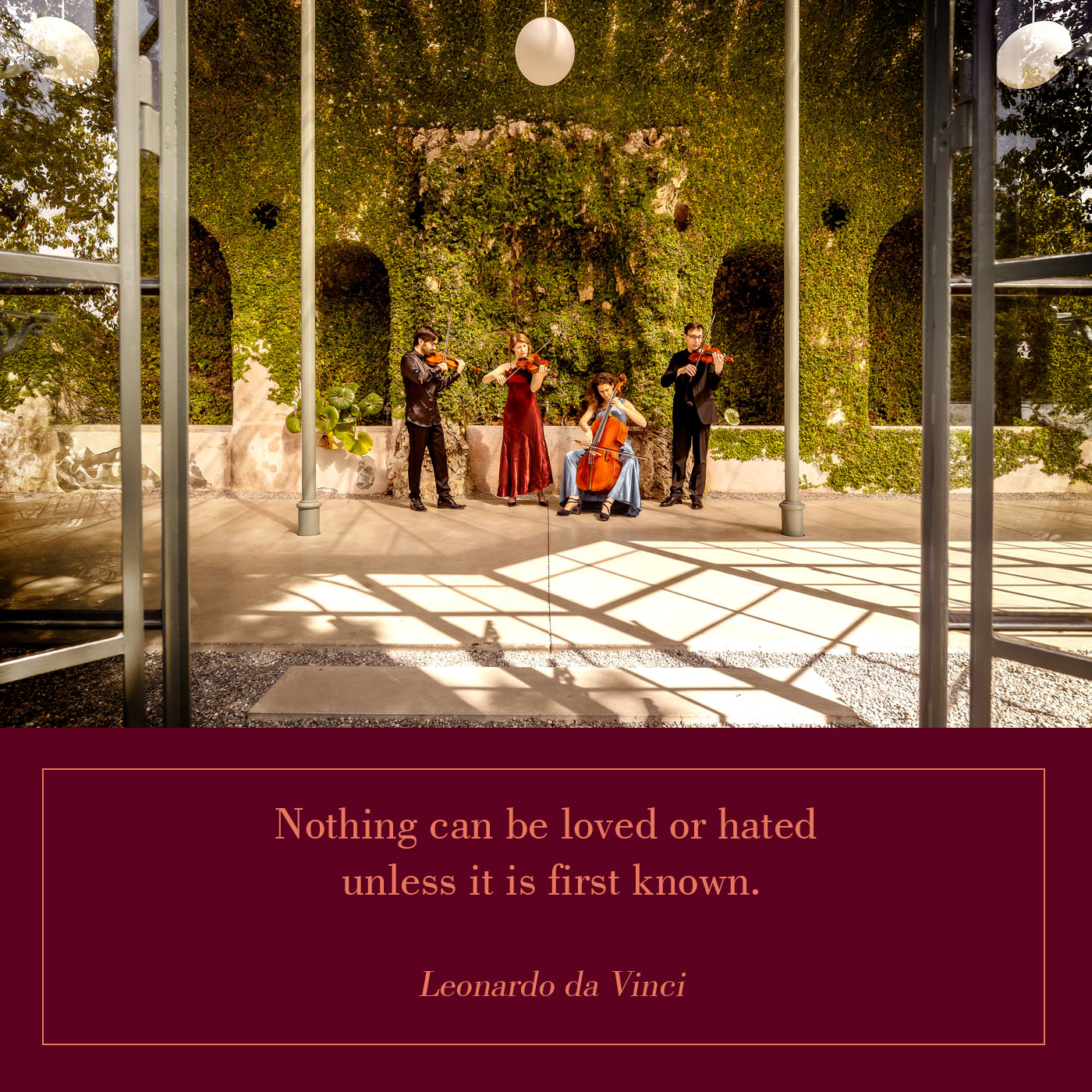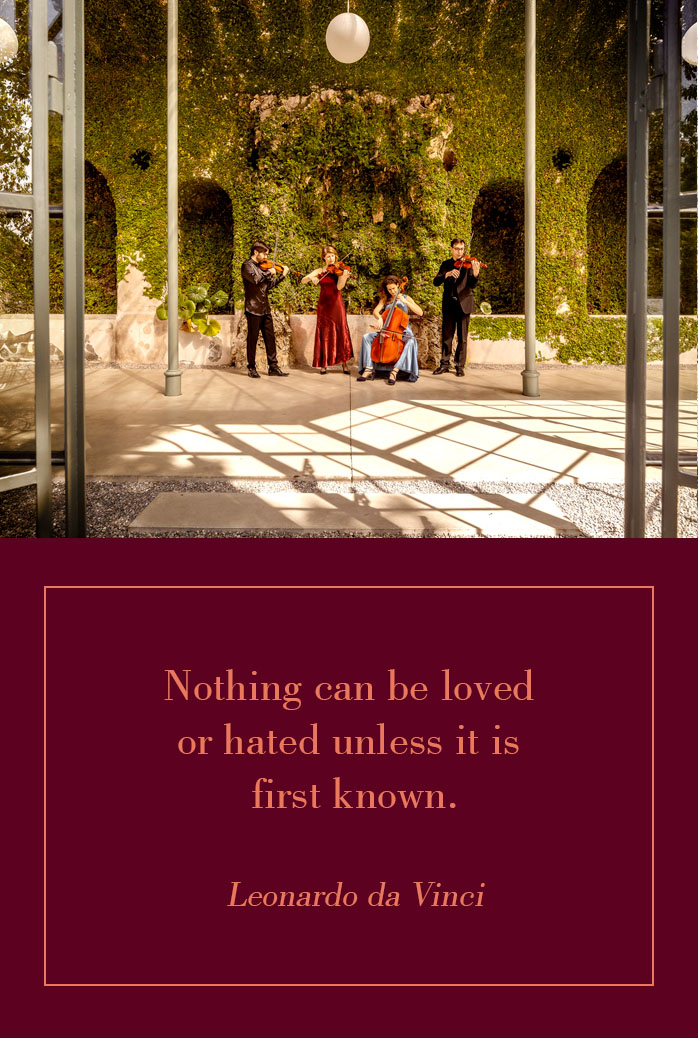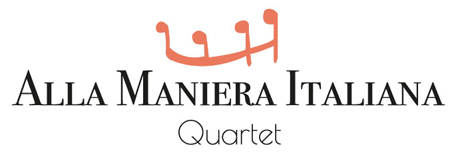


FRANCESCO ZAPPA

In 1984 Frank Zappa released a record entitled Francesco Zappa: the liner notes implied that the music was by a certain Francesco Zappa (active between 1763 and 1788) and that it was his first digital recording.
Frank's admirers were well aware of his boundless irony and many thought of an alter-ego, created to accompany his bizarre musical excursion into late Baroque.
But Francesco Zappa really lived and wrote much more music than the one rearranged on the posthumous disc.
THE LIFE OF FRANCESCO ZAPPA
Francesco Zappa was born in 1717 (most probably in Milan) and was a cellist and composer.The first traces of his musical activity date back to 1763-1764: in those years, in Milan, he met and gave music lessons to the Duke of York, who subsequently wanted him in his service as 'Maestro di Musica', a position he held until 1767, the year of the Duke's death. The only concrete reference to the Milanese period is found on the title page of Opus I, where he is listed as Professor of Cello and Composer at the Milan Academy.
From 1764 his concert activity was very intense in France, Germany and Holland: there is a trace of this in the correspondence of Francesco Pasquale Ricci, Maestro di Cappella and organist of Como Cathedral, as well as a close friend of Zappa, with whom he shared countless musical and concert experiences.
Of particular interest is the letter of 24 April 1771, written to Ricci by Zappa, who was in Paris. From his confidences to his friend, it is possible to glean interesting facts about his personality: a man enthusiastic about his activity as a musician, constantly moving from one stage to another
[...] and if you do not want to come to Paris, I will be somewhere that is not far off the road to Vienna, and in that country I will be waiting for you, and we will have a nice trip, and we will earn money and we will have a good time as true companions, like brothers. [...]
In the background, Zappa's interesting remarks on pre-revolutionary Paris, perceived as a chaotic and far too expensive city.
[...] I found myself in Paris at the most critical time I have ever been since France existed because of so many changes of parliament and all the courts of fortune that the whole nation is in terrible disarray and the pleasure of making academies passes, and then money does not circulate and everything is more expensive than in London [...]
He had great successes in Frankfurt on 22 September 1771 and in Danzig in 1781; there is a very vague account of his concert activity in Warsaw between 1784 and 1793.
Francesco Zappa died in The Hague in 1803 at the age of 85.
THE MUSIC OF FRANCESCO ZAPPA
Francesco Zappa composed mainly chamber music, in the form of the trio for two violins and bass, but also published duos, quartets, symphonies and romances, plus a sonata for cello solo.His gallant Italian style was always appreciated by all his European admirers, who were impressed by his 'beautiful cavata, sweet and full of feeling'. When composing, he placed great emphasis on the violin/cello obbligato and their dialogue, as can be seen in the Gran Sinfonia Concertata, and always demonstrated great theoretical preparation and technical expertise.
An interesting invitation to further study the performance practice comes to us from an analysis of the Paris Six Duo, which, as is already evident from the title page, was conceived both for one violin and one cello and for two violins. The singularity of the second part of the score, for violin and cello, lies in the continuous oscillation between the violin and bass clef: an unusual motion, only practicable by an imaginary instrument, halfway between a violin and a cello and with the extension of both. A pragmatic explanation could be sought in the need to perform the pieces independently of the musical ensemble available. The score could thus be performed either with two violins (raising, in the second part, the passages in the key of F by an octave) or with one violin and one cello (lowering, in the second part, the passages in the key of G by an octave) but, in both cases, not as it was written.
Two copies of the print of the six duets are available in France: in Paris at the Bibliothèque Nationale de France and in Versailles at the Bibliothèque Municipale.
In Sweden, two manuscript copies of these compositions are preserved at the Stifts- och Landsbiblioteket in Skara. Manuscript № 600 contains the six duets in their entirety; № 417, on the other hand, is a mixture of works by different composers: in addition to a collage of three movements from three duos by Francesco Zappa, we find duets by Boccherini and Felice Giardini.
Among his trios for two violins and bass, there are numerous re-propositions of the same compositions, assembled in a different order and published by different publishers under different names, or re-dedicated, years later, to other personages: emblematic is the case of Opus I, dedicated to Count Catani, and the London Opus II, a true re-edition of Opus I, dedicated, however, to Don Giuseppe Fowke.
The most recent and unusual reissue is precisely that of 1984, by Frank Zappa, who reworked the movements of Opus I and London Opus IV in an electronic version, making it possible for Francesco Zappa to make his digital debut some 200 years after the composition of his works.
But how did Frank Zappa discover the existence of Francesco Zappa?
THE NAME GAME
The discovery was completely by chance. By the time the fifth edition of the Grove came out in the early 1980s, Frank Zappa's musical genius was beginning to be recognised even among fans and scholars of classical music, thanks to his increasingly numerous and convincing excursions into the field of contemporary and experimental classical music (an interest that culminated in 1993 with the release of The Yellow Shark).All the prerequisites seemed to be in place for Frank Zappa's name to appear in the illustrious dictionary, but when Frank and his collaborators checked it out, all they found under Zappa was the forgotten Francesco.
Thus was born Francesco Zappa, a work through which the musician could also pay homage to his Italian origins.
Frank Zappa succeeded in bringing Francesco Zappa to his public (a public profoundly different from the one that had known him in the 18th century) and he was not content with this: he found other Zappas that history had forgotten (Dominico Zappa, 16th century Viennese musician; Father Simeone Zappa, music theorist who lived in Bologna in the 17th century; Guido Zappa, mathematician; Anita Zappa, poetess) and he promised to make them known to the world.
When he died in 1993, he left a multitude of unpublished works and a great void in the contemporary musical and cultural landscape.
TODAY
Leafing through the latest edition of the Grove today, one can see that Frank Zappa's name has also appeared in the pages of the dictionary.It is found just below that of Francesco Zappa, but only for alphabetical reasons.
Text by Jacopo Franzoni.







